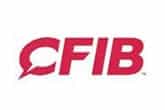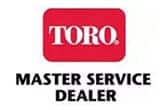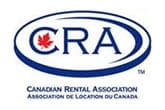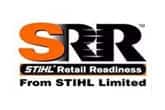Snow Equipment Frequently Asked Questions
Snow Equipment FAQ
Before storing the machine in the off season, charge or discharge (by operating the machine) the batteries to between 40% and 60%.
Battery life (or battery capacity) is shortened when batteries are charged to 100% before storage.
A 50% charge is the optimal charge for ensuring maximum battery life. Storing batteries at this percentage will greatly reduces parasitic reactions; these reactions can cause inefficiencies to build up over time and reduce the amount of energy that the cell can store and output.
The temperature that the batteries are stored at will affect their long-term life. Storage for long periods of time at extreme temperatures will reduce the battery life (or battery capacity). Store the machine in a cool location (not below freezing) for optimal battery life.
- Winged/extendable plows give you a wider scoop making it a better option for parking lots.
- V plows are good for cutting through snow on long laneways or driveways.
- Gas usually has more power and can run all day.
- Battery blowers have almost no maintenance, and they are easy to turn on and off.
- Single stage snowblowers usually have rubber paddles which clean right down to the pavement/concrete.
- Two stage snowblowers have a second auger throwing the snow at a high speed. The throwing distance is further with the two stage snowblower than with the single stage.
- 3 stage snowblowers are only on Cub Cadet snowblowers. These snowblowers have a front auger ‘drilling’ into the snow.
- Pros – low maintenance, easy to operate, easy to store, no oil changes or fuel going bad.
- Cons – batteries can be pricey, multiple batteries needed for longer run times, usually not as powerful.






